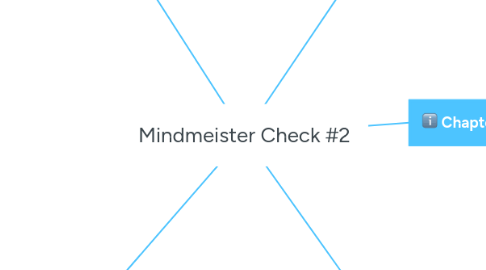
1. Chapter 10
1.1. Describe the 2 school-based reforms.
1.1.1. Charter Schools- They are public schools that are free from many of the regulations applied to traditional public schools, and in return are held accountable for student performance.
1.1.2. Tuition Vouchers- in the 90's a number of states implemented school voucher programs. Vouchers go directly to families rather than to religious schools because they could not be used in either religious schools or private schools.
1.2. Describe 2 societal, economic, community, or political reforms.
1.2.1. 1- No Child Left Behind Act is a landmark and controversial piece of legislations that had far-reaching consequences for education in the United States.
1.2.2. 2- Goals 2000 was a direct outgrowth of the state-led education reform agenda of the 1980's which including increasing high school graduation requirements.
2. Chapter 7
2.1. Explain a curriculum theory which you educate.
2.1.1. Developmentalist Curriculum- Relates to the needs and interest of the student rather than the needs of society.
2.2. Identify and describe the two dominant traditions for teaching.
2.2.1. 1- Minmetic: based on the viewpoint that the purpose of education is to transmit specific knowledge to students.
2.2.2. 2- Transformative- rests on a different set of assumptions about the teaching and learning process.
3. Chapter 9
3.1. Explain at least two types of cultural differences theory. (p.424-427)
3.1.1. 1- The first theory is that African-American children do less well in school because they adapt to their oppressed position in the class and caste structure.
3.1.2. 2- The second theory sees working-class and nonwhite students as resisting the dominant culture of the schools.
3.2. Describe 4 school-centered explanations for educational inequality.
3.2.1. 1- School Financing: Public schools are financed through a combination of revenues from local, state, and federal sources.
3.2.2. 2- Effective School Research: School resources and quality do not adequately explain between- school differences in academic achievement.
3.2.3. 3- Between-School Differences: This situation was examined in England and they suggested that schools in working-class neighborhoods are far more likely to have authoritarian and teacher directed pedagogic practices.
3.2.4. 4- Within-School Differences: Not only are there significant differences in educational achievement between schools but within schools also.
4. Chapter 8
4.1. Describe how class, race, and gender each impact education outcomes.
4.1.1. Class is related the achievement on reading test and basic skills test. Race has a direct impact on how much education he or she is likely to achieve. Gender was directly related to his or her educational attainment.
4.2. What were the two responses to the Coleman Study from 1982?
4.2.1. 1- The debate over the High School Achievement findings has centered on the interpretations attached to the magnitude of the findings.
4.2.2. 2- Geoffrey and Maritza applied the most sophisticated statistics tools to evaluate educational data.
5. Chapter 6
5.1. Identify major stakeholder in your district by name.
5.1.1. Alabama senator- Richard Shelby, Alabama School Superintendent- Dr. Craig Pouncey, Local School Superintendent- Shane Barnette,
5.2. Identify and describe the elements of change within 1- School processes 2- School cultures
5.2.1. School Processes- When we examine the way in which school cultures are created and maintained.
5.2.2. School Cultures- Throughout one's experience in school they will meet other students of another culture and learn how to communicate with everyone.
